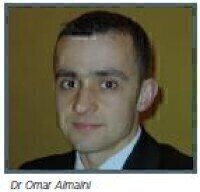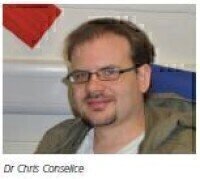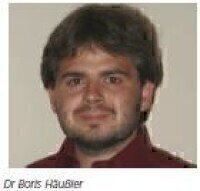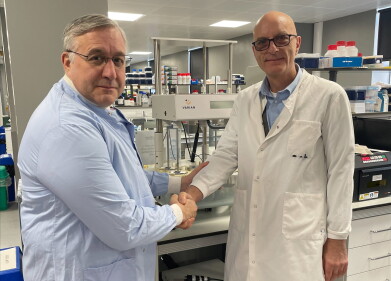News
Ancient Galactic Secrets Probed in New Hubble Survey
May 03 2010
UK Scientists are to join one of the biggest explorations of the early universe ever undertaken with the help of powerful cameras on the Hubble Space Telescope over the next three years. Dr Omar Almaini (Reader & Associate Professor), Dr Chris Conselice (Reader & Associate Professor) and Dr Boris Häußler (Research Fellow) of the School of Physics and Astronomy, University of Nottingham will join an international group gather crucial data on early stage formation of galaxies and the supermassive black holes found at their centres, in addition to finding distant supernovae.
The project, which has been awarded an unprecedented 902 orbits of the Hubble Space Telescope, will use the new on board infrared camera, the Wide Field Camera 3 (WFC3), and the Advanced Camera for Surveys (ACS), to examine more than 250,000 distant galaxies as they were nearly 13 billion years ago (about 600,000 years after the Big Bang) up to about nine billion years ago.
“Here in Nottingham we have been working on these problems for many years, trying to piece together how galaxies have formed over the last 13 billion years,” said Dr Almaini. “Hubble’s new camera will add a vital new ingredient. While before we could only see a faint smudge from our telescopes on the ground, Hubble will bring these distant objects into sharp focus for the first time. This will provide a wealth of new information, to help us understand how galaxies form in the very early universe.”
“I will be carrying out an analysis of the resolved structures of the galaxies which will be imaged in this survey,” added Dr Conselice.
“This is important because this survey will give us the first optical view of galaxies in the distant universe at high resolution, and thus we can see how the stellar mass in these galaxies is distributed. This can reveal how these galaxies are forming through physical processes such as the mergers between galaxies which can form more massive galaxies, as well as trigger the formation of new stars and the black holes in the centres of these galaxies.”
“The project is unique,” added Dr Häußler, “since it will survey an enormous volume of the distant Universe but also with sufficiently long exposure to study the galaxies in great detail. We have never before had such a rich set of data to look forward to. The project will also search for distant examples of a particular type of exploding star known as a Type Ia supernova. Astronomers have used the uniform brightness of these supernovae to measure cosmic distances, leading to the conclusion that a mysterious force called dark energy is accelerating the expansion of the universe. Observations of distant Type Ia supernovae will enable researchers to study how the rate of expansion of the universe has changed over time.
The project is led by Sandra Faber, Professor of Astronomy and Physics at the University of California, Santa Cruz. The first data from the project observations are expected by the end of the year. Data from this project will be made available to the entire astronomy community with no proprietary period for Professor Faber’s team to conduct their own analysis. Additional information about the project is available on the Cosmology Survey Multi-Cycle Treasury Program web site at http://csmct.ucolick.org/
Digital Edition
ILM 50.2 March 2025
March 2025
Chromatography Articles - Effects of small deviations in flow rate on GPC/SEC results Mass Spectrometry & Spectroscopy Articles - Waiting for the present to catch up to the future: A bette...
View all digital editions
Events
Mar 17 2025 Milan, Italy
Mar 18 2025 Beijing, China
Mar 20 2025 Brussels, Belgium
Mar 20 2025 Chandigarh, India
ACS National Meeting & Expo, Spring 2025
Mar 23 2025 San Diego, CA, USA
























